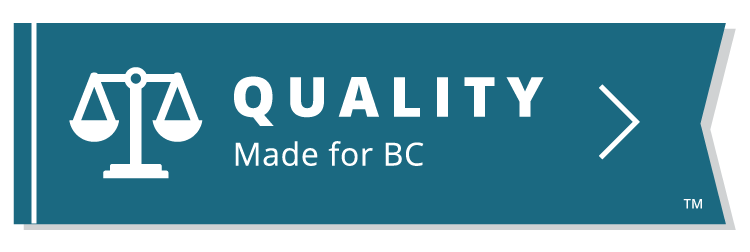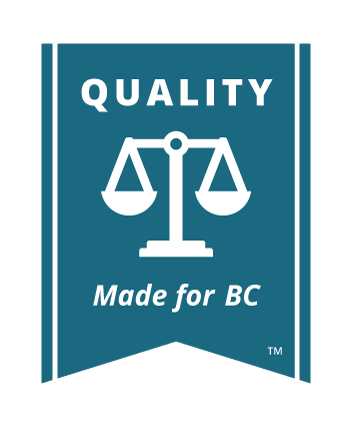Examination in Aid of Execution
An examination in aid of execution is an examination under oath before a court reporter (see Rule 13-4(7)). It is similar to an examination for discovery (see Discovery). The purpose is to find out about the debtor’s income, assets and plans to pay the judgment.
To conduct an examination, fill out Form 59.1 and serve it on the party to be examined. If the debtor is a company, you can name the person that you want to examine, such as a director, officer, or employee of the company. If the debtor is a partnership, you can name any partner to be examined.

Read the Rules
Rule 13-4 Examinations in Aid of Execution
Rule 13-4(10) tells you how to serve the appointment for examination in aid of execution. If the person to be examined is a party of record and is represented by a lawyer, you must serve an appointment in Form 59.1 on the lawyer along with witness fees for the person to be examined. (You can find out the correct amount of witness fees in Schedule 3 of Appendix C to the Rules.) If the person you want to examine is not represented by a lawyer, serve the appointment on that person, along with witness fees. The appointment and fees must be served at least 7 days before the examination.
In general, you want to find out about the judgment debtor’s financial situation, so ask questions about:
- Employment:
- Where they are employed including the name and address of employer
- Income from employment, including the amount, timing of payment, date of payment, if payment is made directly into bank account
- If the debtor works for their own company, its address, registered office, names of directors, whether debtor owns shares in the company
- If currently unemployed, what are their prospects for future employment
- Assets/property:
- What the debtor owns (e.g., a car) and its value
- Whether debtor has sold or given away property since the date of judgment
- If debtor rents or owns current residence
- How debtor pays the rent or mortgage and
- Banking:
- Where the debtor has bank accounts (name and address of banks)
- Type of accounts (chequing or savings account numbers, balance in bank accounts and if accounts are jointly owned)
You can ask the debtor to bring financial documents to the examination, such as pay slips, credit card statements, income tax returns, and so on.
You can only conduct an examination in aid of execution once a year (see Rule 13-4(4)), so make sure that your examination is thorough and you find out everything you need to know about the debtor’s financial status. Think carefully about the kind of information you need and prepare your questions ahead of time.
The examination in aid of execution application will give you a picture of the judgment debtor’s financial situation and how you are most likely to get paid. It may also lead to an agreement for payment from the debtor. If it does not, there are several steps you can take to get payment. The two most common are garnishment of the debtor’s wages or bank account or seizing the debtor’s assets or property.








 JusticeEducation.ca
JusticeEducation.ca JusticeEd
JusticeEd /JusticeEducation
/JusticeEducation